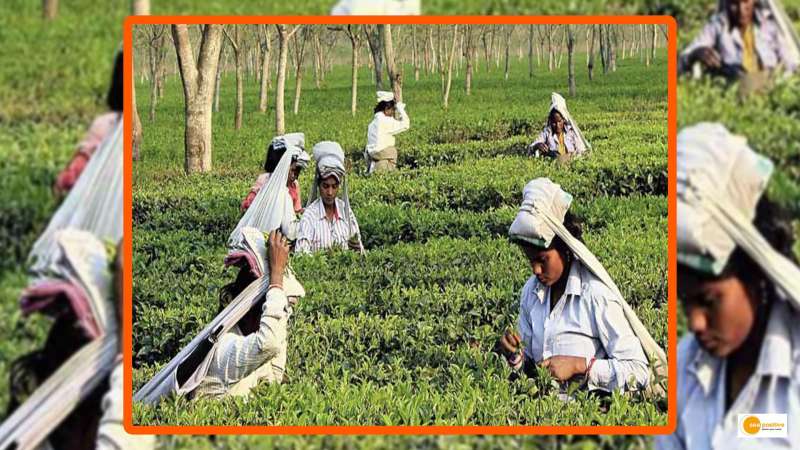

The state’s first gas-powered tea processing facilities were formally inaugurated on July 10 at the Durgabari tea plantation in West Tripura by Tripura Chief Minister Dr. Manik Saha. He claimed that by permitting shipments to Bangladesh’s neighbour and setting up an auction facility in Agartala, his administration intends to increase the state’s tea business. Gas-powered processing plants increase production efficiency while lowering pollution.
Notably, the Hiracherra tea estate in the North Tripura district dates back to 1916, and Tripura’s tea industry has been around for more than 100 years. Currently, there are 2,800 small tea growers and 14,000 tea workers in the northeastern state.
Govt working to modernise tea gardens
In his remarks during the inauguration ceremony, Saha stated that his government was working to modernise and rehabilitate outdated tea gardens.
“In a timely manner, we’ll seek to establish an auction centre and promote exports to Bangladesh. The industries and commerce department has already been designated as the nodal agency for the task, according to Saha.
The chief minister further mentioned how the land in Tripura was ideal for cultivating tea. In reference to tea garden workers, the chief minister said that his administration aimed to support their socioeconomic advancement.
Aim to give tea garden workers better living standards
“They were consistently utilized as a vote bank. Right now, we’re working to raise their living standards. Our administration is aiming to give tea garden workers better housing, sanitization, clean water to drink, power, connectivity options, and social security pensions, the CM stated.
Saha said that his government was following the concept of “Sabka Sath, Sabka Vikas, Sabka Vishwas, Sabka Prayas” by giving two ganda residential lots to each of the 7,200 households in the state who work in tea gardens.
Fifth-largest tea-growing state in India
Tripura is the fifth-largest tea-growing state in the country, producing 9–10 lakh kg of tea annually, or roughly 10% of the country’s total production, over an area of 12,990 hectares. There are 54 tea estates there, including 12 jointly owned estates and three public estates. In the state, there are 22 tea factories, including 15 privately owned and five cooperatively run.
Prior to 2000, the majority of tea estates produced orthodox tea, but in the new millennium they switched to CTC. Many of these estates are reverting to orthodox tea production thanks in part to encouragement from the Tea Board of India and government marketing support.
Also Read: Gold tea: असम की सुनहरी चाय ने रिकॉर्ड की अपने नाम, लाख रुपए प्रति किलो से बिकी गोल्ड टी!


